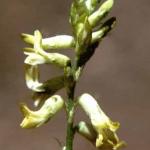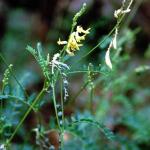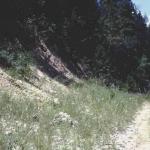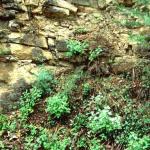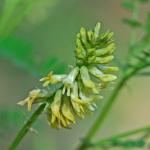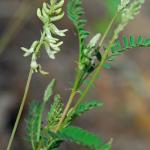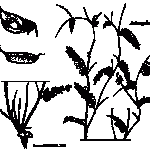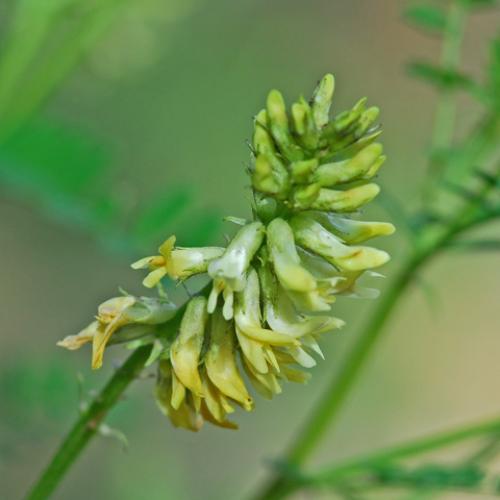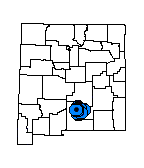Astragalus altus (Winged Milkvetch)
| USFWS | State of NM | USFS | BLM | Navajo Nation | State Rank | Global Rank | R-E-D Code | NMRPTC Status | Strategy Status |
|---|---|---|---|---|---|---|---|---|---|
| SEN | S2 | G2 | 2-1-3 | R | SS |
| Overall Conservation Status | Documented Threats | Actions Needed |
|---|---|---|
| UNDER CONSERVED | Recreation |
Study response to wildfire. Threat monitoring (herbicide, fire, recreational impacts, road maintenance and development) |
*New Mexico Native Plants Protection Advisory Committee. 1984. A handbook of rare and endemic plants of New Mexico. University of New Mexico Press, Albuquerque.
Barneby, R.C. 1964. Atlas of North American Astragalus. Memoirs of the New York Botanical Garden 13:1-1188.
Isley, D. 1998. Native and naturalized Leguminosae (Fabaceae) of the United States. Monte L. Bean Life Science Museum, Brigham Young University, Provo, Utah.
Spellenberg, R. 1974. Chromosome number as an indication of relationships of Astragalus, with descriptive notes on A. altus. Southwestern Naturalist 18(4):393-396.
For distribution maps and more information, visit Natural Heritage New Mexico

